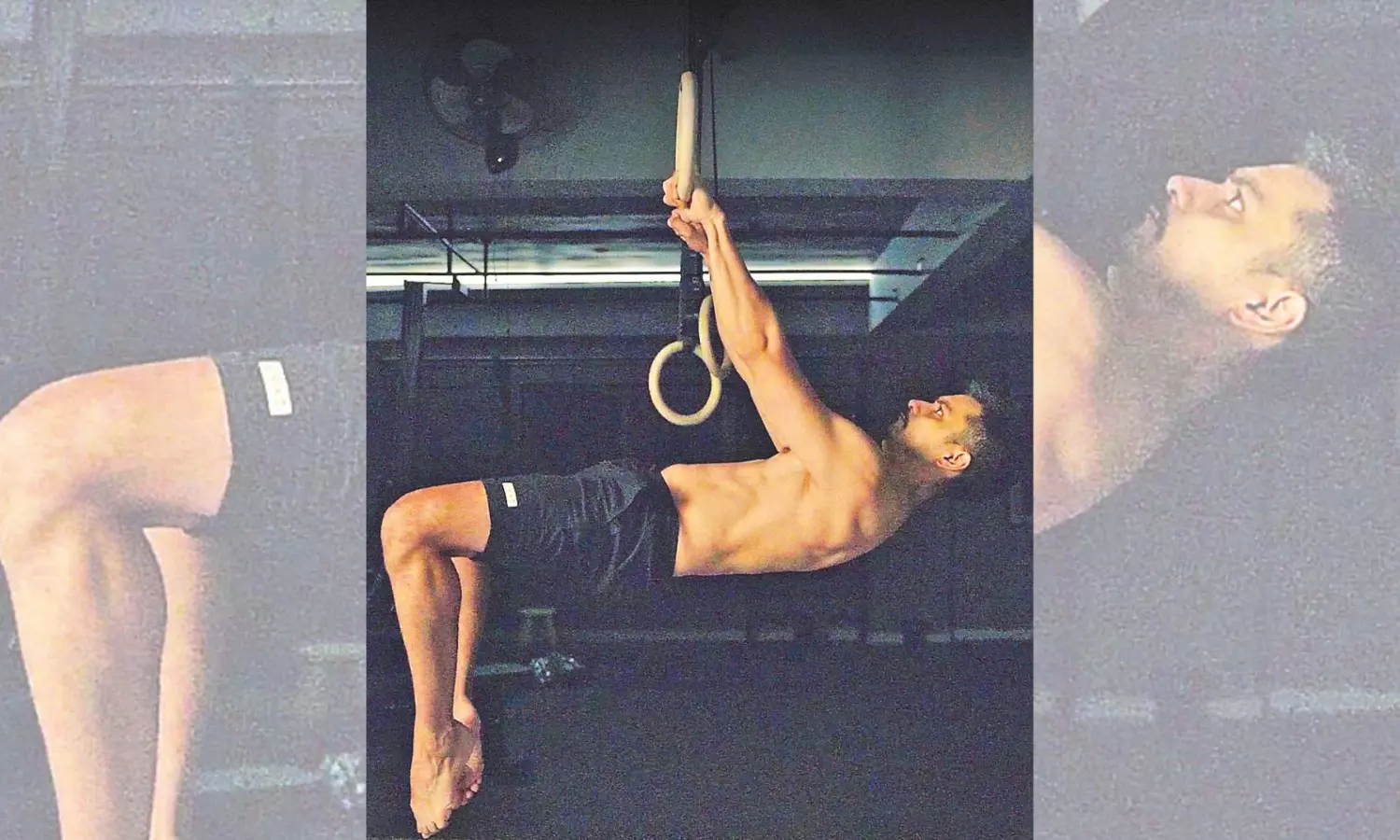Fitness Reloaded
Mobility training has emerged as a crucial element alongside traditional strength and cardio exercises, making it much sought after;

The arena of fitness has been primarily focused on building strength and endurance through heavy lifting and intense cardio sessions. However, there has been a notable shift in recent years towards strength and mobility training.
Holistic Wellness
Lifestyles have made poor posture increasingly prevalent. This often results in chronic pain in areas such as the shoulders, neck, hips, and lower back. “Addressing this issue through strength and mobility training can significantly help. By integrating targeted exercises, individuals can enhance their range of motion, strengthen their postural muscles, and alleviate chronic pain over time. This change reflects a growing recognition of the significance of flexibility, range of motion, and joint health in attaining overall fitness and wellness,” says Anuj Srivastava, Strength & Mobility Coach and founder, of TroopHQ.
Make it work
So how does one incorporate fitness habits for long-term mobility with less pain? The answer is simple. “The idea is to develop a stack of smaller habits which will compound over time. If you’re someone who is stiff, then start working with ranges available to you and slowly work your way up to increasing them. Joint adaptation takes longer time than muscular adaptation so be patient with the process,” says Srivastava.
Strike a balance
Interestingly, you can balance strength training, mobility, and endurance training. “For strength training, one can do bodyweight training, lift free weights, or use machines. Mobility training can be done without equipment as a standalone workout or before strength training. For endurance, activities like running, swimming, cycling are a great addition,” says Srivastava.
Take care
Consult with a healthcare professional before starting any new exercise program. “It is important to keep the training volume to a lower side. During this time, one should focus on developing good exercise form, improving mind-muscle connection so that you are prepared for more advanced exercises later,” advises Srivastava.
Tips
1. Schedule your gym time to block out that period and plan your day around it.
2. Prioritise learning the correct movement form and technique before increasing weight or intensity. Consider investing in a skilled trainer early on in your fitness journey.
3. Follow progressive overload techniques and gradually load your muscles and joints. Build a strong foundation with basics before going to more advanced exercises.
4. Make sure to include 1-2 rest days in your weekly schedule. Stay active during these days with lighter activities such as walking or swimming.
5. A dietary requirement of 1.2-1.6 grams of protein per kg of body weight is recommended.
6. Don’t expect quick results.
7. Never skip a warmup or a cool down and take recovery seriously.

